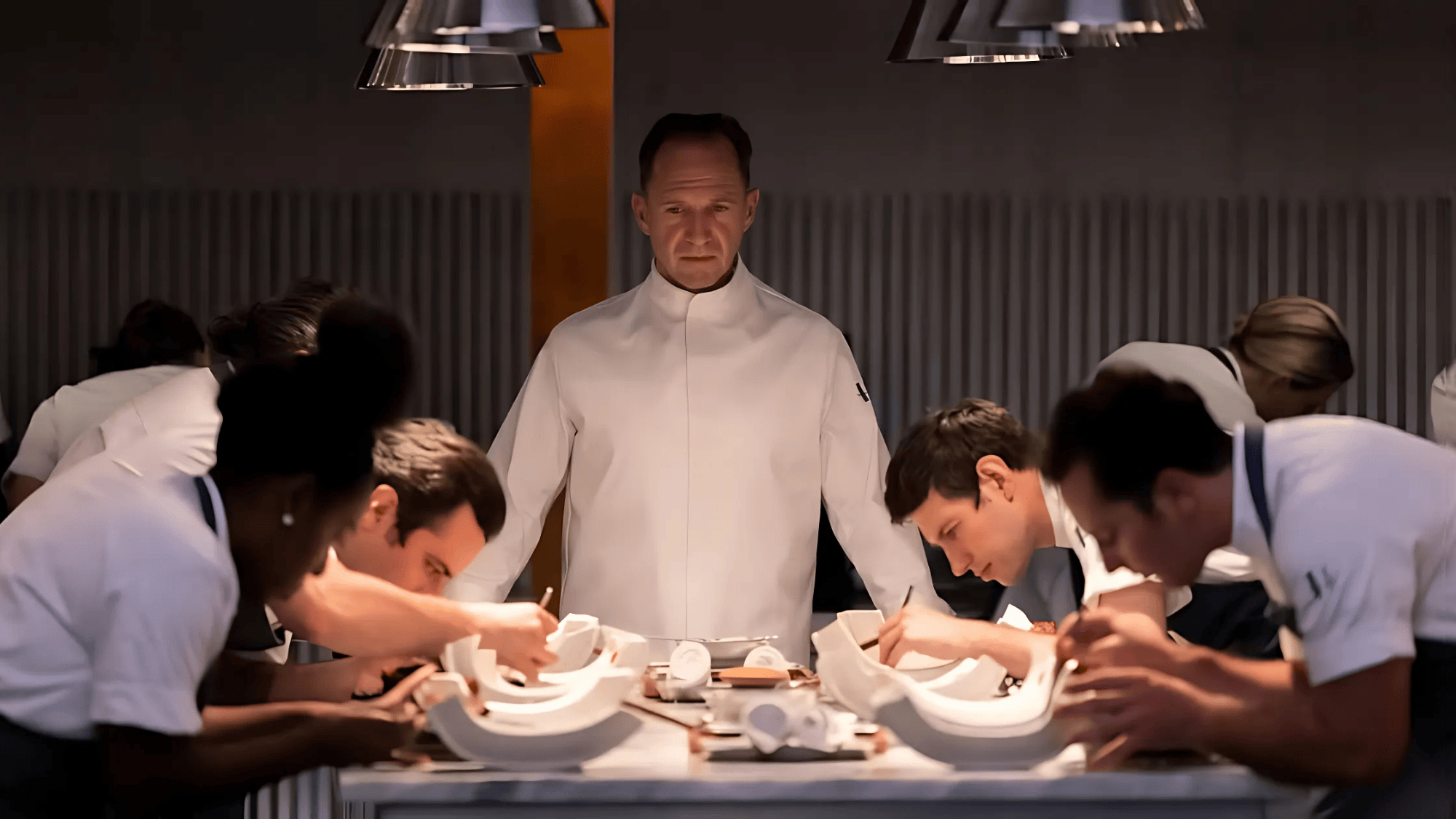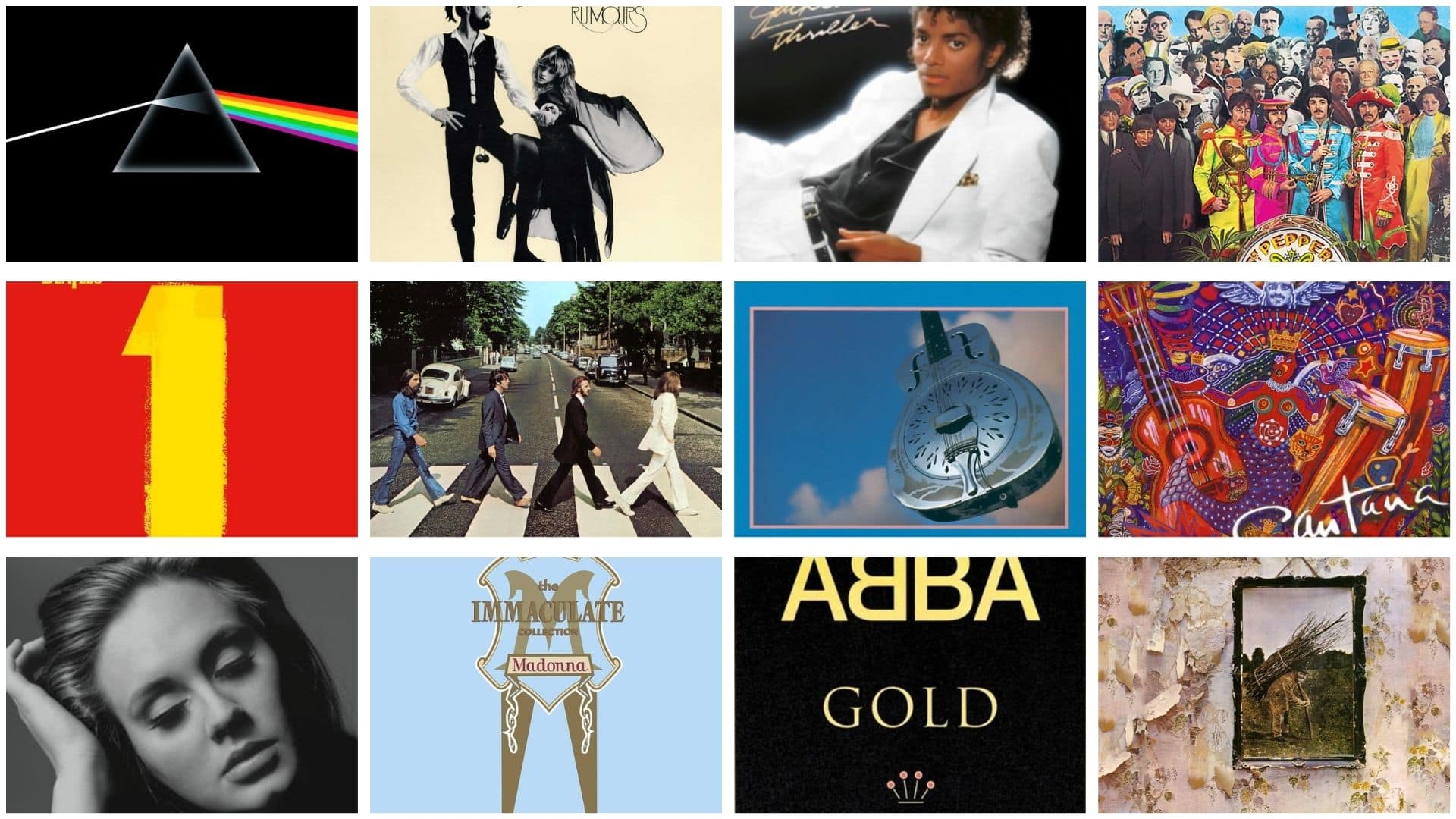Ever wondered what would happen if your fancy dinner turned into a nightmare?
This film will stick in your thoughts for days after watching it.
The wickedly smart thriller serves up equal portions of laughs, scares, and social commentary.
Picture this: wealthy diners trapped on an island with a chef who’s completely lost his mind.
What starts as an exclusive dining experience quickly becomes a fight for survival.
Ralph Fiennes and Anya Taylor-Joy intrigue with performances that blend menace and humanity.
Let’s examine what makes this story so special, from its biting critique of food culture to its stunning visuals.
Grab a snack (maybe not too fancy) and find out why this might be the most compelling thriller of the year.
Why You Need to Watch “The Menu” Right Now
Ever experienced a pretentious chef who cares more about showing off than actually feeding you?
“The Menu” perfectly captures that frustration in this clever thriller.
Here’s why it’s worth your time: 89% on Rotten Tomatoes and awards season buzz that’s still hot.
The film serves up dark comedy with serious bite, exploring class and privilege in ways that’ll stick with you.
Want to join those heated discussions about that shocking finale?
Don’t miss this one.
Your friends are already raving about it.
The bottom line: Prepare for a feast of entertainment that’ll leave you both laughing and slightly disturbed.
Ready to dig in?
Film Overview and Plot Summary
This section gives you the essential ingredients of “The Menu” before we get into the full recipe.
Check out the key details in the table below to get your appetite going.
| FILM DETAIL | INFORMATION |
|---|---|
| Theatrical Release | November 18, 2022 |
| Streaming Release | January 3, 2023 |
| Platforms | HBO Max, Disney+, Hulu |
| Runtime | 1 hour 47 minutes |
| Rating | R (violence, language, some sexual references) |
| Director | Mark Mylod |
| Writers | Seth Reiss, Will Tracy |
| Production | Searchlight Pictures, Hyperobject Industries |
| Main Cast | Ralph Fiennes, Anya Taylor-Joy, Nicholas Hoult, Hong Chau |
A young couple scores reservations at Hawthorne, the world’s most exclusive restaurant, on a remote island.
What could go wrong?
Chef Julian Slowik has crafted the perfect tasting menu for his elite guests.
But this isn’t your typical fine dining experience.
Each course becomes increasingly twisted.
The chef’s meticulous creations hide sinister intentions.
What starts as culinary excellence turns into psychological warfare.
The wealthy diners realize they’re not just customers; they’re ingredients in a larger recipe for revenge.
The real feast?
Slowik serves more than food; he dishes out calculated chaos.
By the final course, authenticity trumps prestige in the most unforgettable way possible.
Performance and Cast Analysis

The cast delivers performances that sizzle with intensity.
Ralph Fiennes creates a chillingly controlled Chef Slowik, whose calm demeanor makes his outbursts genuinely terrifying.
Anya Taylor-Joy brings fierce skepticism as Margot, standing apart from the privileged guests.
Nicholas Hoult perfectly captures food obsession bordering on religious devotion.
Hong Chau steals scenes as the maître d’, delivering horrifying news with unwavering smiles.
“Is it good?” she asks guests, maintaining pleasant composure despite their obvious discomfort.
The supporting ensemble clicks beautifully, with John Leguizamo and Janet McTeer creating painfully recognizable characters.
Every actor balances sharp satire with authentic realism, never crossing into caricature territory.
Visual and Technical Elements

The film’s technical execution creates a mesmerizing visual feast worth savoring in detail.
The cinematography presents food as high art, framing each dish like a museum piece.
Close-ups change food preparation into a dance, both graceful and unsettling.
An open kitchen design turns cooking into theater, with staff moving with military precision.
Tension builds through clever sound design featuring kitchen noises throughout the story.
Colin Stetson’s score enhances the growing sense of dread without overwhelming dialogue.
The production design balances ultra-modern and primal elements, reflecting the film’s themes perfectly.
Graphic title cards introduce each course, growing increasingly ominous as the narrative progresses.
The editing creates tension by contrasting lengthy food preparation with quick reaction shots.
Masterful pacing builds suspense while allowing moments to appreciate the dark comedy.
Themes and Storytelling

“The Menu” serves up more than thrills; it’s a scathing critique of elite culture.
The film dissects how passion turns into resentment when art becomes a mere luxury commodity.
Watch service workers clash with wealthy consumers in deeply satisfying confrontations.
Exclusive experiences become hollow status symbols for the privileged.
“You’re not special!”
Chef Slowik’s bitter declaration pierces the glossy facade of exclusivity.
Margot represents genuine connection in a world obsessed with performance.
The story examines who really benefits from our cultural fixation on perfection and prestige.
Slowik demonstrates what happens when artists become trapped by success and impossible expectations.
Blending horror with humor, the film maintains razor-sharp social observations throughout.
By the finale, we understand the stark contrast between authentic creativity and manufactured prestige.
What Critics Say
While viewers and critics alike praise this film, professional reviewers offer some unique insights worth considering.
| SOURCE | KEY OBSERVATION |
|---|---|
| Rotten Tomatoes | 89% approval rating from critics |
| The Hollywood Reporter | “An illuminating study of dark prejudices” |
| Variety | Likened to “a Michelin Star version of Saw” |
| The New Yorker | Praised for “balancing absurdist humor with genuine tension” |
| IndieWire | Noted Fiennes created “a villain both terrifying and sympathetic.” |
Critics particularly appreciated the film’s visual style and the ensemble cast’s chemistry.
Some reviewers felt the social commentary occasionally sacrificed subtlety for impact.
The film earned nominations at multiple award ceremonies, including the Golden Globes.
Final Verdict and Recommendation
For anyone hungry for thoughtful entertainment, this film delivers a memorable cinematic experience.
“The Menu” crafts a twisted tale blending dark comedy with sharp observational wit.
It earns 4.5 out of 5 stars for powerful performances, smart writing, and striking visual design.
Those seeking light entertainment or sensitive to dark humor should probably look elsewhere.
The film especially resonates with anyone who has questioned the value of exclusive experiences.
Best enjoyed with friends who appreciate dark comedy, followed by conversation over simple food.
For similar viewing experiences, consider “Triangle of Sadness,” “Ready or Not,” or “Fresh” next.
Sometimes a good burger satisfies more than elaborate tasting menus—both in life and cinema.





